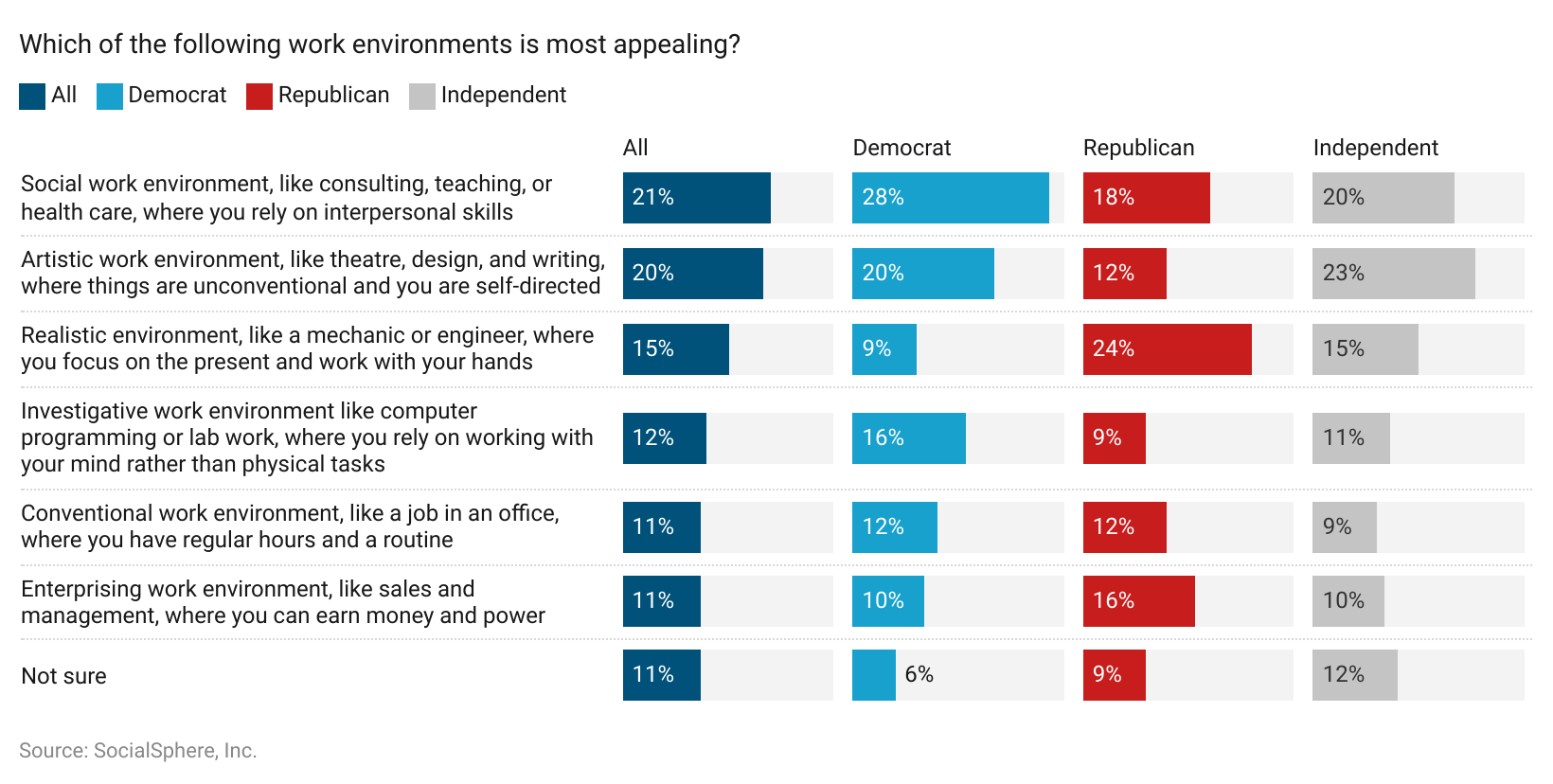Not right away. The union, UniteHERE Local 2 explains:
First, wages are not keeping pace with inflation. Second, workloads have increased because hotels are maintaining reduced COVID staffing levels, and few new workers are looking for jobs.
The union says a dozen contracts expire this year, including the BEI Hotel, where workers have not gotten a raise in five years. All union hotels, including SF's biggest hotels, have contracts that will expire in summer 2024.
... "Next summer is likely to bring a big fight in SF if bosses take the same approach as in LA," said the union.
But when that comes, actions by the Los Angeles management against the workers are previewing some nasty, racist, technological tactics.
... the Marriott – which is owned by the University of California and managed by Aimbridge Hospitality – has refused to bargain, walking out negotiations.
But the employer didn't walk out over wages, benefits or support for a housing subsidy. They walked out when workers demanded that the scabs that the company was trying to hire to break the strike be given full time, union jobs.
These aren't just any scabs, either. They're predominantly Black workers who rely on the $700m Instawork app for gigs. These workers are being dispatched to cross the picket line without any warning that they're being contracted as strikebreakers. When workers refuse the cross the picket and join the strike, Instawork cancels all their shifts and permanently blocks them from new jobs.
This is a new, technologically supercharged form of illegal strikebreaking. ...
Of necessity, UniteHERE Local 11, the Los Angeles hotel worker affiliate, has made a formal complaint of an "unfair labor practice" to the National Labor Relations Board.
Local 11’s second ULP charge alleges that the hotel and Instawork “have violated the NLRA through a policy and practice of penalizing employees for engaging in protected concerted activities and/or union activity by means of a ‘gig’ application and algorithm which, among other actions, automatically disqualifies workers from future scheduled work when they miss a single shift, even when the employee’s reason for not completing the shift is their participation in activity protected by Section 7 of the National Labor Relations Act.”
Union workers understand what's going on here.
The Laguna Cliffs employees, who are predominantly Latino, say that they object to the use of black workers like Bradley as strikebreakers. ... Employees point out that the luxury hotel, like many others in Southern California, has attributed the paucity of black workers in the industry to a lack of qualified applicants. Yet when faced with a strike, the employer had no problem finding black workers capable of filling positions.
“The company always does that,” said Emilse Pineda, a forty-seven-year-old housekeeper at Laguna Cliffs, via a translator. “There are no African Americans at the hotel. There are no LGBTQ people that we know of at the hotel. But the day that the app brought in workers, suddenly they could bring them in.”
Striking writers and actors in Los Angeles are also up against technological disruptions of their industries that threaten their livelihoods. All the more need for worker solidarity!



























